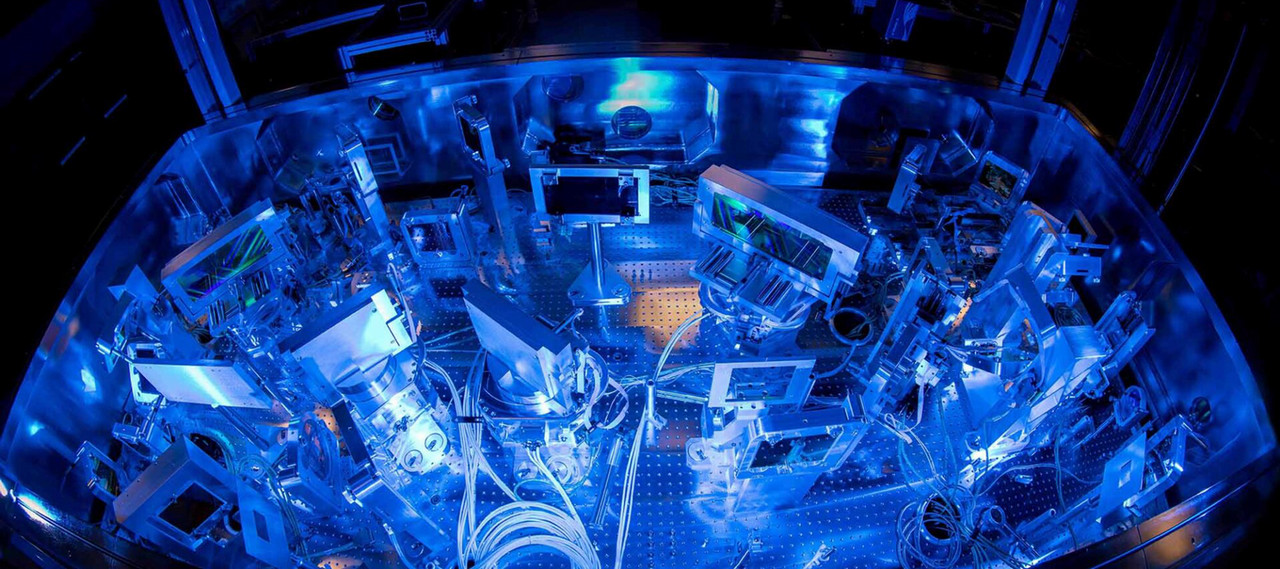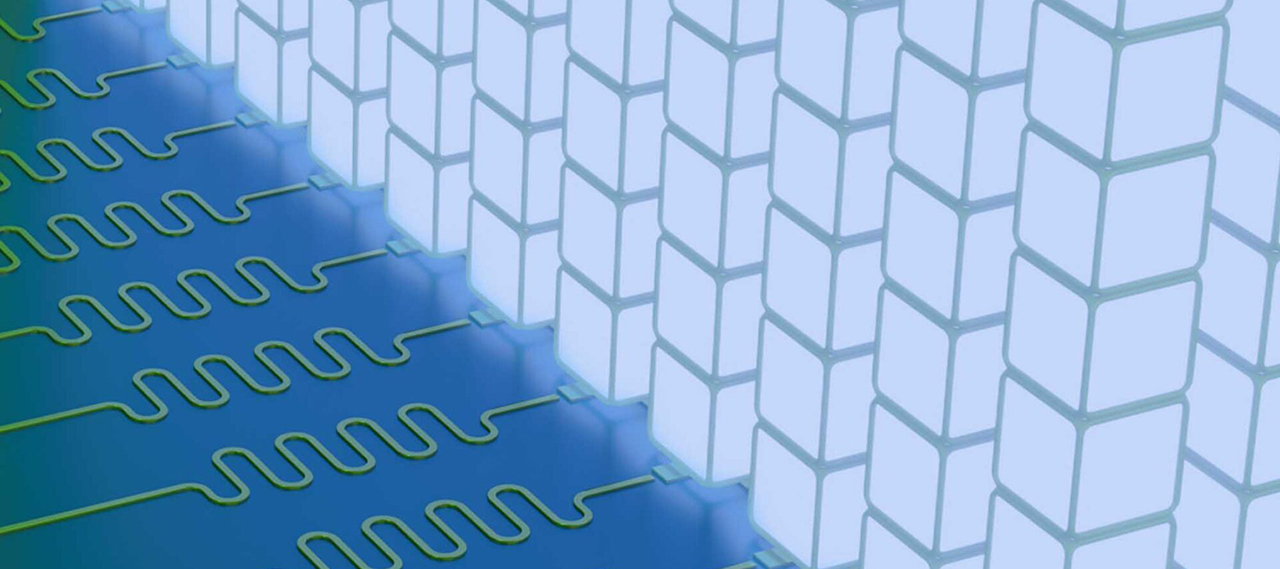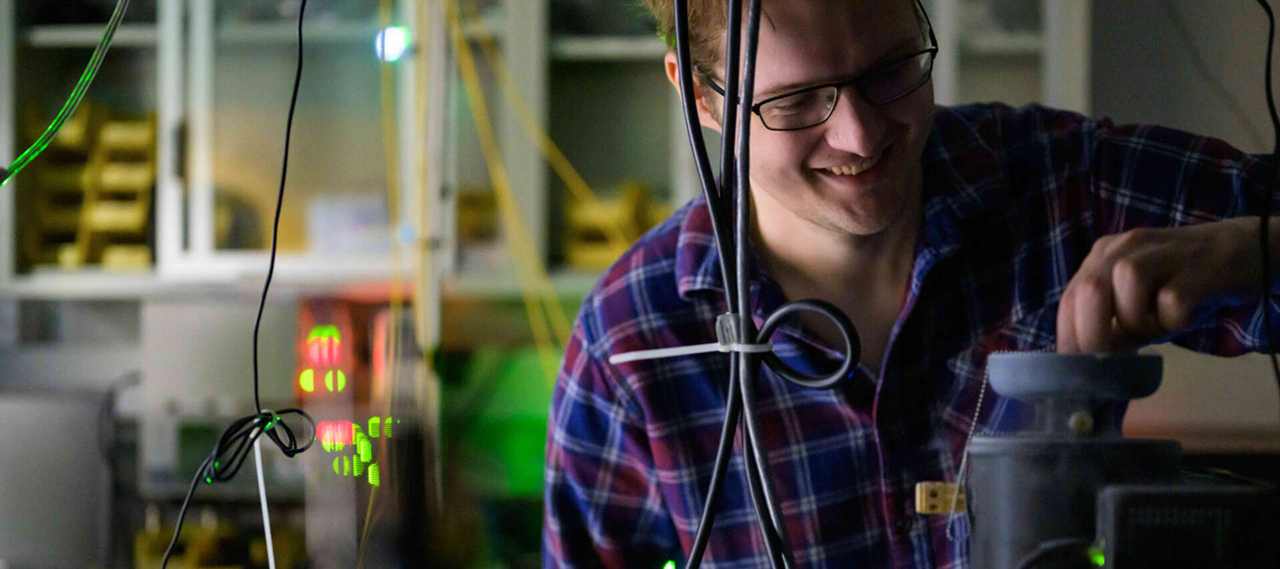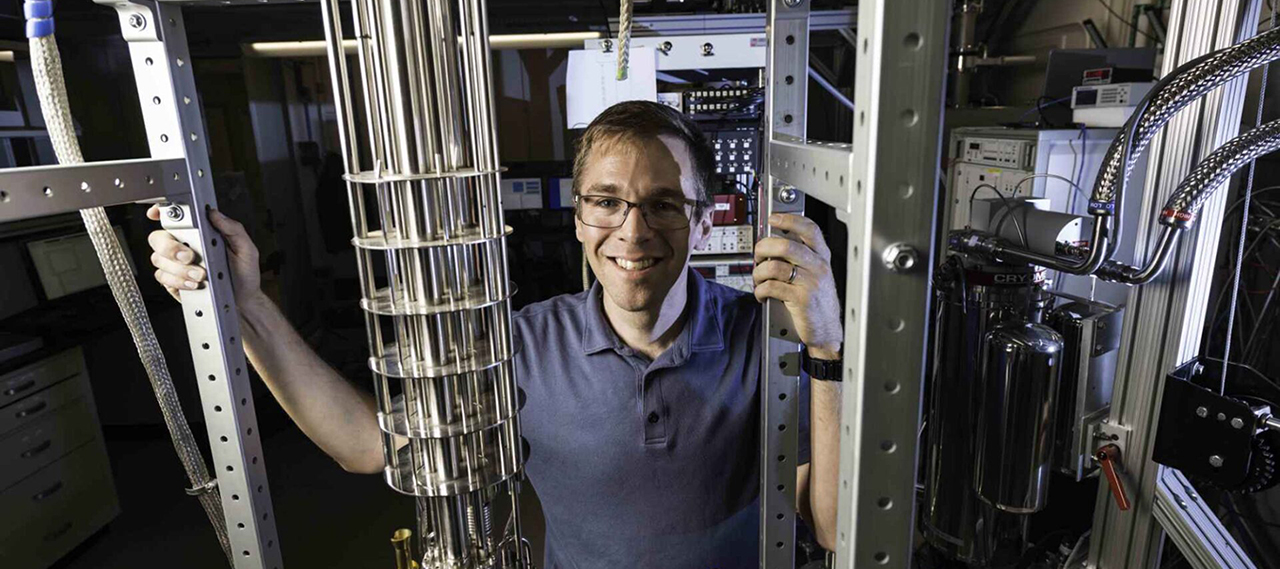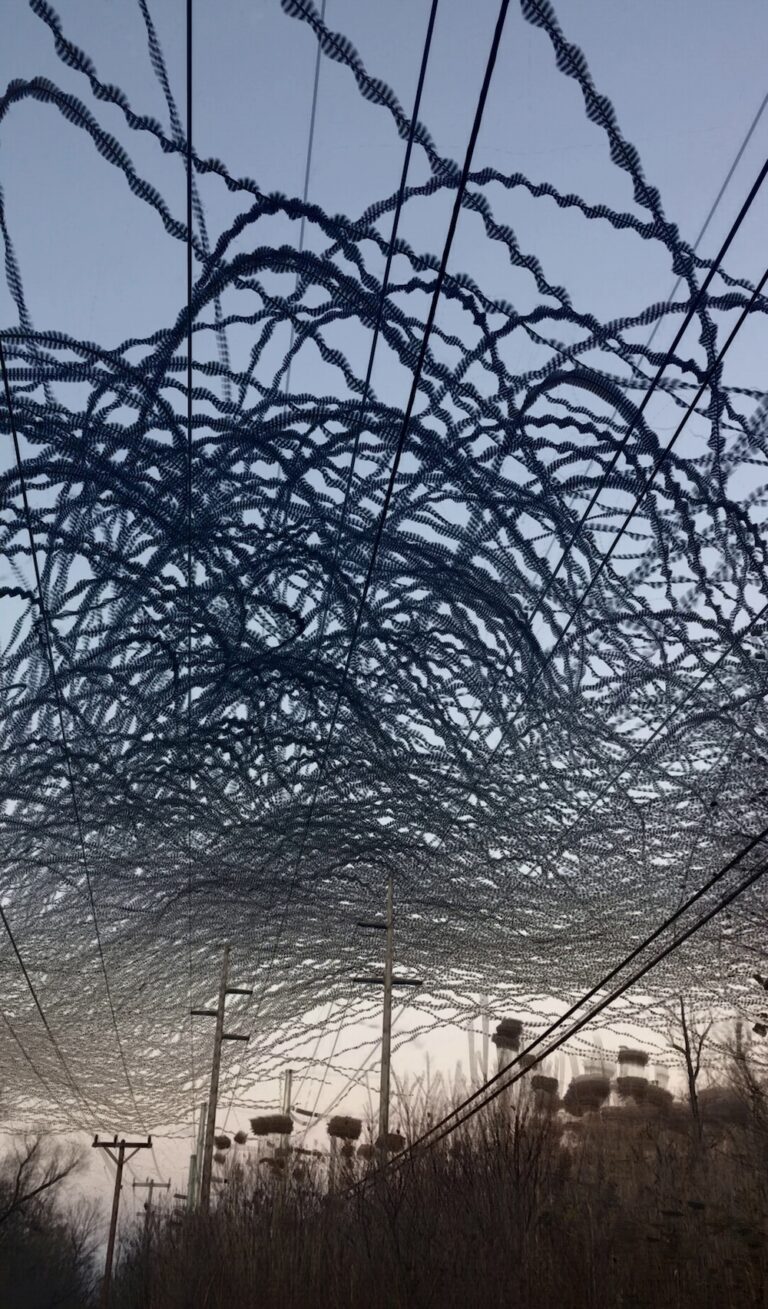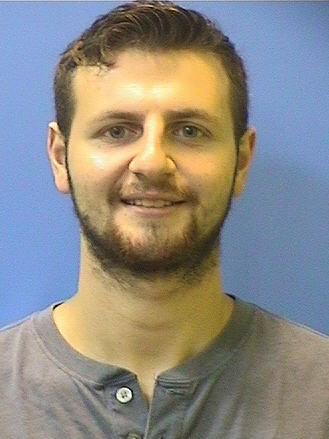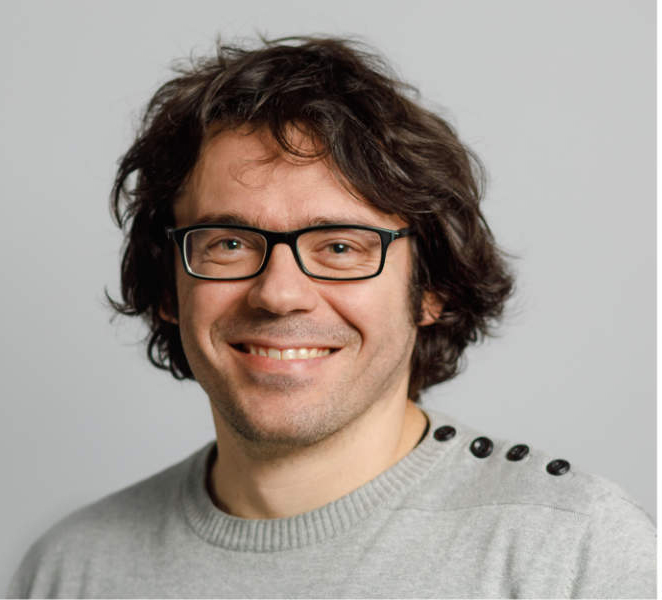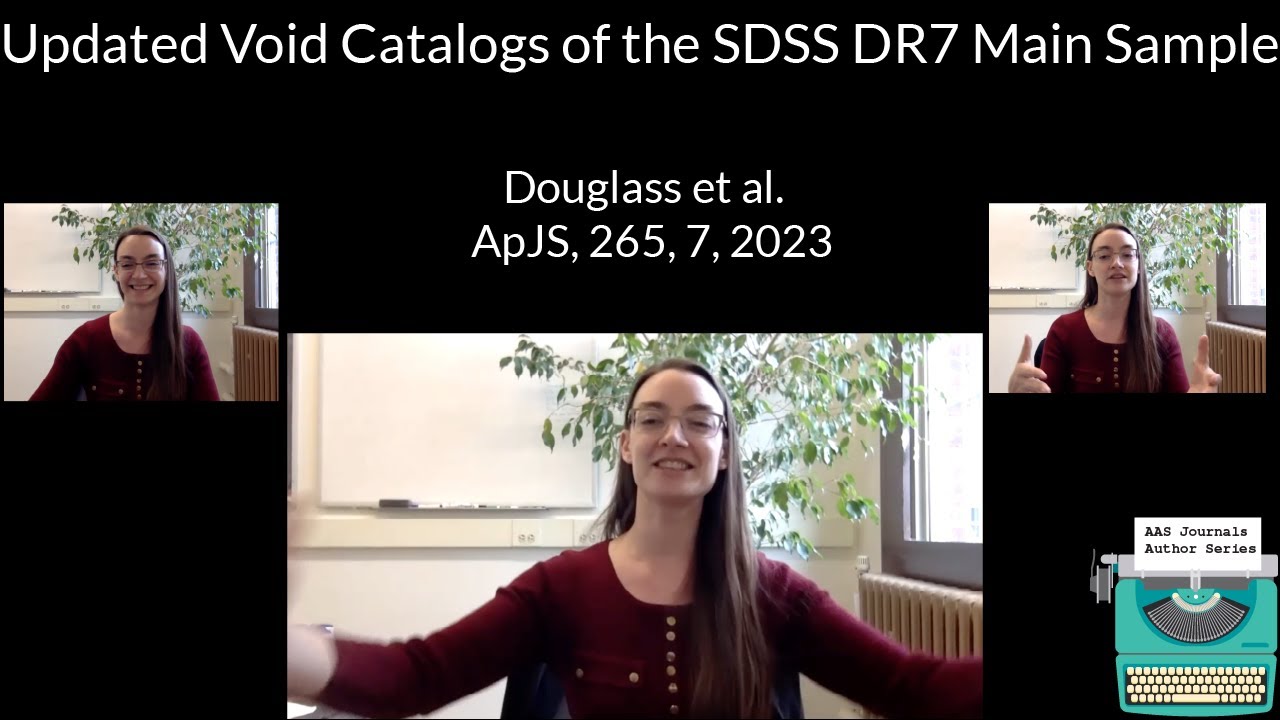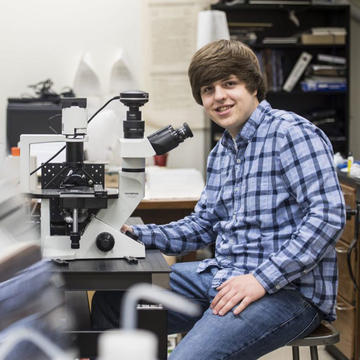Homepage
Majors & Minors
We offer degrees in physics and in physics and astronomy, as well as many research opportunities for undergraduates.
Graduate Studies
Our PhD programs rank in the top twenty nationwide, according to the National Research Council.
Research
From subatomic particles to the structure of the Universe itself, our award-winning faculty study nature on every scale.
Partnerships
The Department of Physics and Astronomy is committed to increasing the diversity of its student body, faculty, and staff. We are a partner institution in the APS Bridge and Cal-Bridge programs.

Spotlight
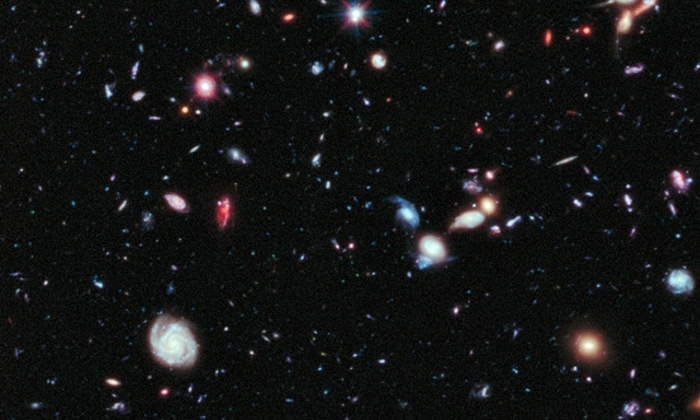
Physics, Optics, and Astronomy (POA) Library
The POA library houses a comprehensive collection of journals, monographs and online data bases, supporting the research and teaching activities of the department.
Learn More
